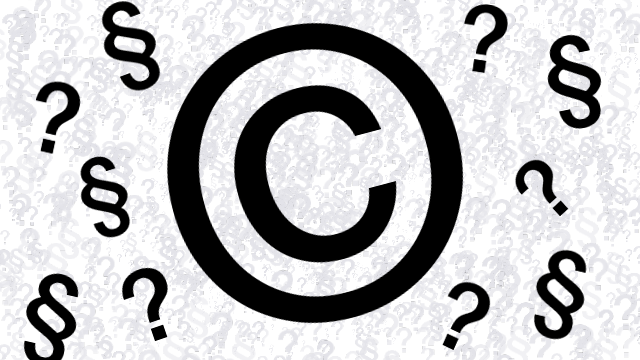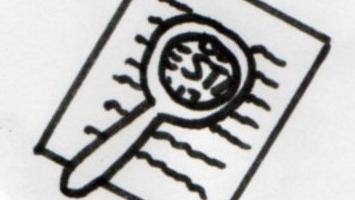The Originator
When a work of art, literary work, film or photograph is created, it is automatically protected by copyright. The person who created the work is the author and therefore holds the copyright. It expires 70 years after his death.
For the use of the work, the author is entitled to a remuneration according to the law.
The rights holder
Initially, the rights holder is the author, unless he/she transfers his/her rights to a collecting society, a publisher or a licensing agency.
Principle
Basically, the use (e.g. editing, copying, performing or making available to the public) of copyrighted musical, written and film works is only permitted with the prior written consent of the copyright owner. In many cases, a fee is required, which must be paid prior to use
Rights of use can be acquired, for example, through a license from the responsible organization.
Songs on the YoungstarsWiki
You may only put songs on the YoungstarsWiki (make them publicly available) if you have written permission from the rights holder. (Preferably a written confirmation for reasons of proof!) If you wrote the song yourself, you can of course decide for yourself.
If the rights holder respectively the author is not known or has died more than 70 years ago, no permission is needed.
One creates a new section titled "Rights" and writes in a list:
- Text: Hans Muster
- Music: Peter Sample
- Rights: © Example Publishing
Images on the YoungstarsWiki
Since images are also protected by copyright, the rights holders must also agree, so that you can put them on the YoungstarsWiki (made publicly available). The sources must be accurately stated for this as well. This can be done by creating a section titled "Photo credits."
For your own photos, the following should be written:
- Title image: provided by Michael Landolt, (possibly still date; May 2010)
- Picture caption: e.g. terrain game "octopus"
When using images from the Internet, only use those where you have obtained written permission or are freely available. (Being freely available means that it is clearly declared on the relevant website that they may be used free of charge for such purposes as the YoungstarsWiki) In this case you have to pay attention to how the sources have to be indicated. Basically, the creator and ev. the page must be mentioned.
- River diagram: syrcro / Wikipedia
Some sources for images, however, give specific credit for authorship. Pixelio.de, for example, prescribes the following form:
- [author name] / pixelio.de
You can find this information simply next to the image under "image source". It is important here, that the part "pixelio.de" is actually converted as a link.
It can be helpful to add the direct link to the source as well
If people are recognizable in the picture, the person per se must not be the subject and it must have been taken in public places or events. Unless you get permission from the person being photographed.
Literature citation - Quotations
You should use quotations sparingly and only use them purposefully. In the case of quotations that are analogous or literal, the author must be named. This enables the reader to check the quoted passage on the basis of the bibliographical information and, not least, to classify it - chronologically, historically, geographically, in terms of significance, importance and scope, etc.
Literal quotations are to be cited as follows with quotation marks as well as brackets for omissions or editor's notesand bibliography (author, title, year, page reference, publisher, and possibly ISBN):
Example: "Whoever takes on something, whoever is there for others, (...), creates harmony (a feeling of happiness) in the brain." (Reinhold Ruthe, Ein Neuer Tag, ein Neues Leben, 2005, p.99, Brendow Verlag, ISBN3-86506-076-5)
Substantial quotations are not to be marked with quotation marks, but with as accurate a bibliography as possible (author, title, year, page numbers).
If you wrote your article based on other sources, whether from the Internet or from books or lectures, cite them at the end by adding a section titled "Bibliography" and referring to them as noted above.
- (Author, title, year, page number, publisher, and ISBN, if applicable)
- Full web address e.g. http://www.anthro.unibe.ch/unibe/philhist/anthro/ content/e297/e4765/files4766/memo_citation_ger.pdf
Image credits
- Title image: provided by ML3000. (ml.3000 (at) hotmail.com)
- Images, flowchart: syrcro / Wikipedia
Content may be automatically translated. Help improve the quality of the translation with your editing!





